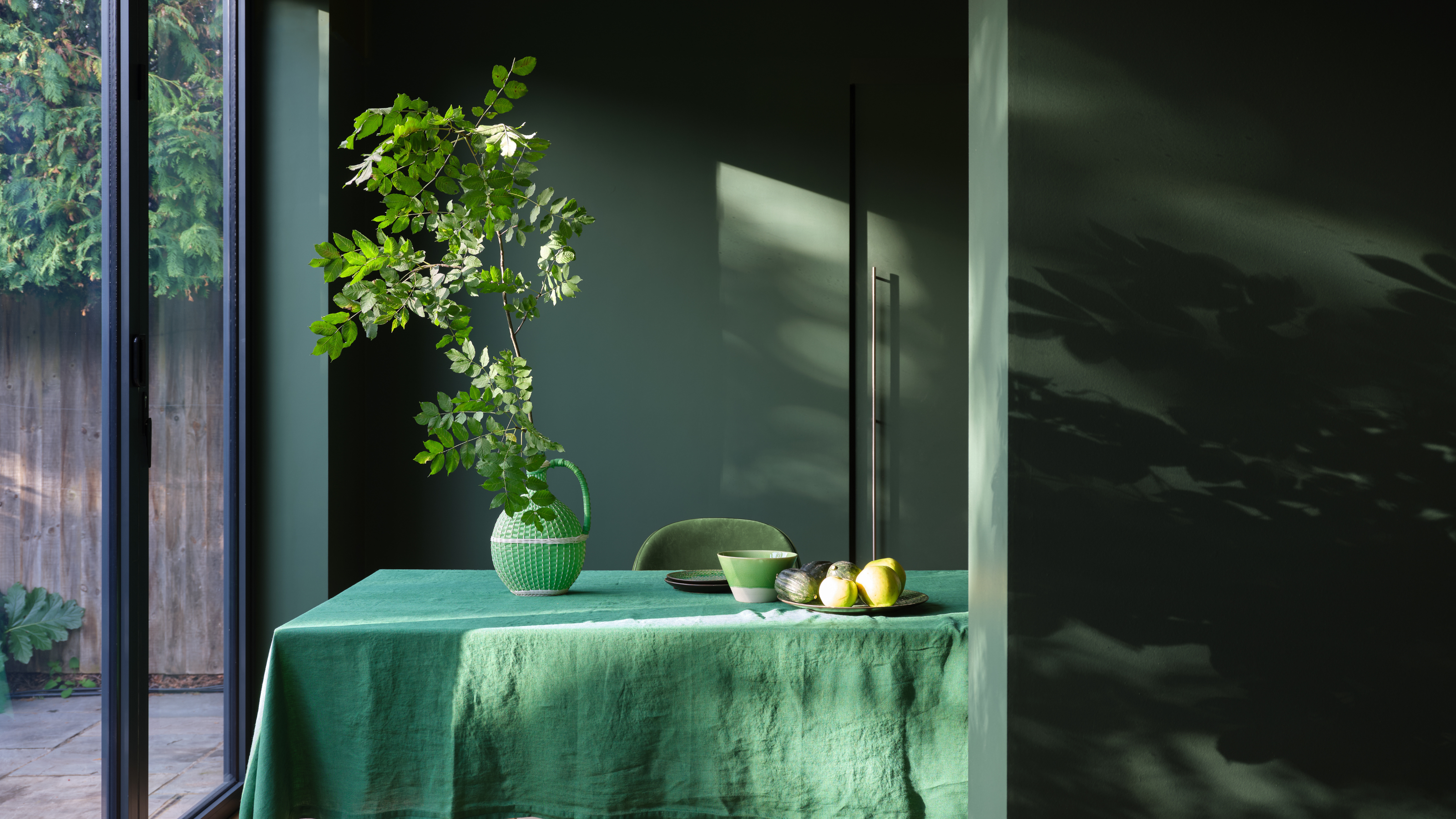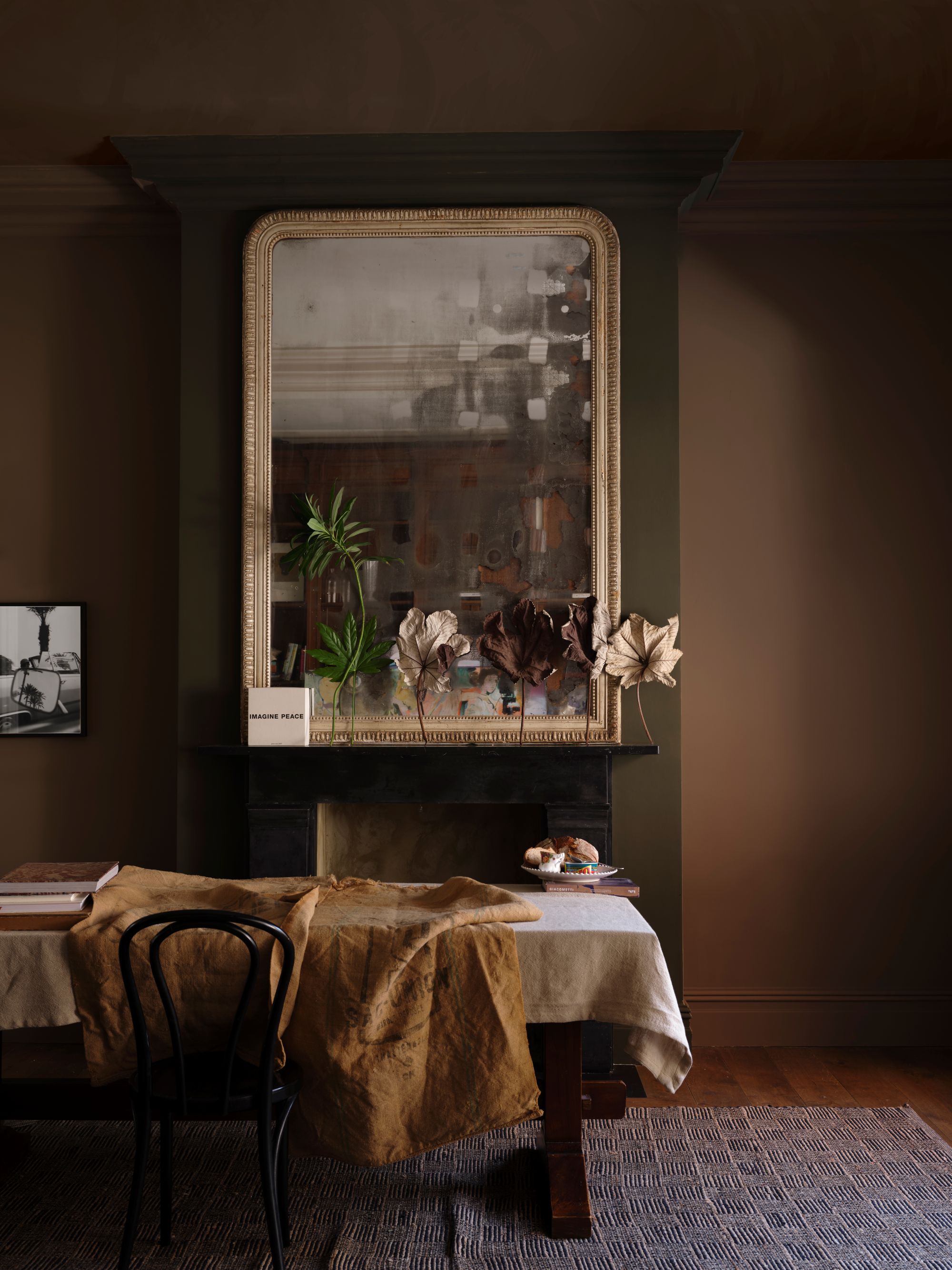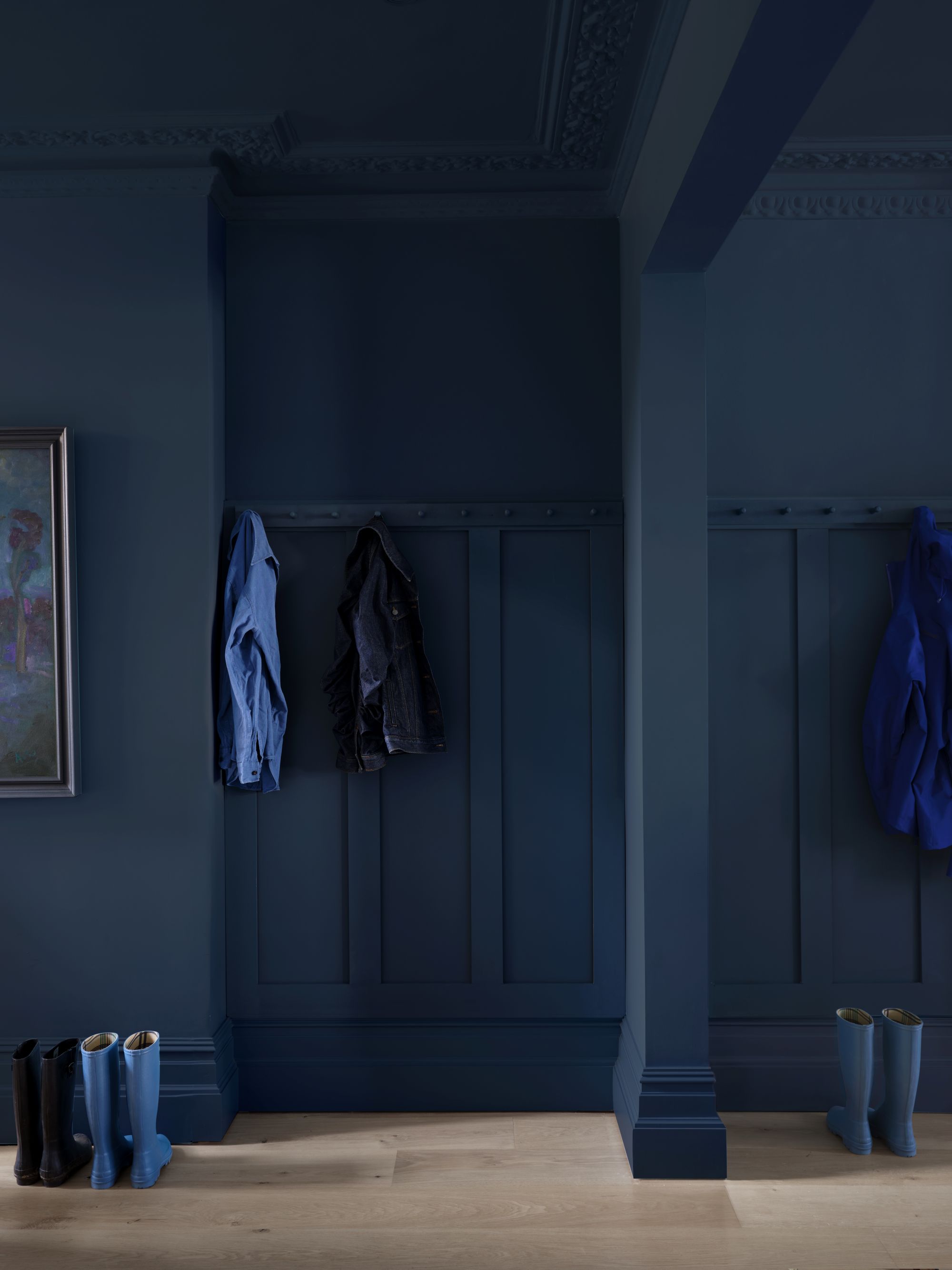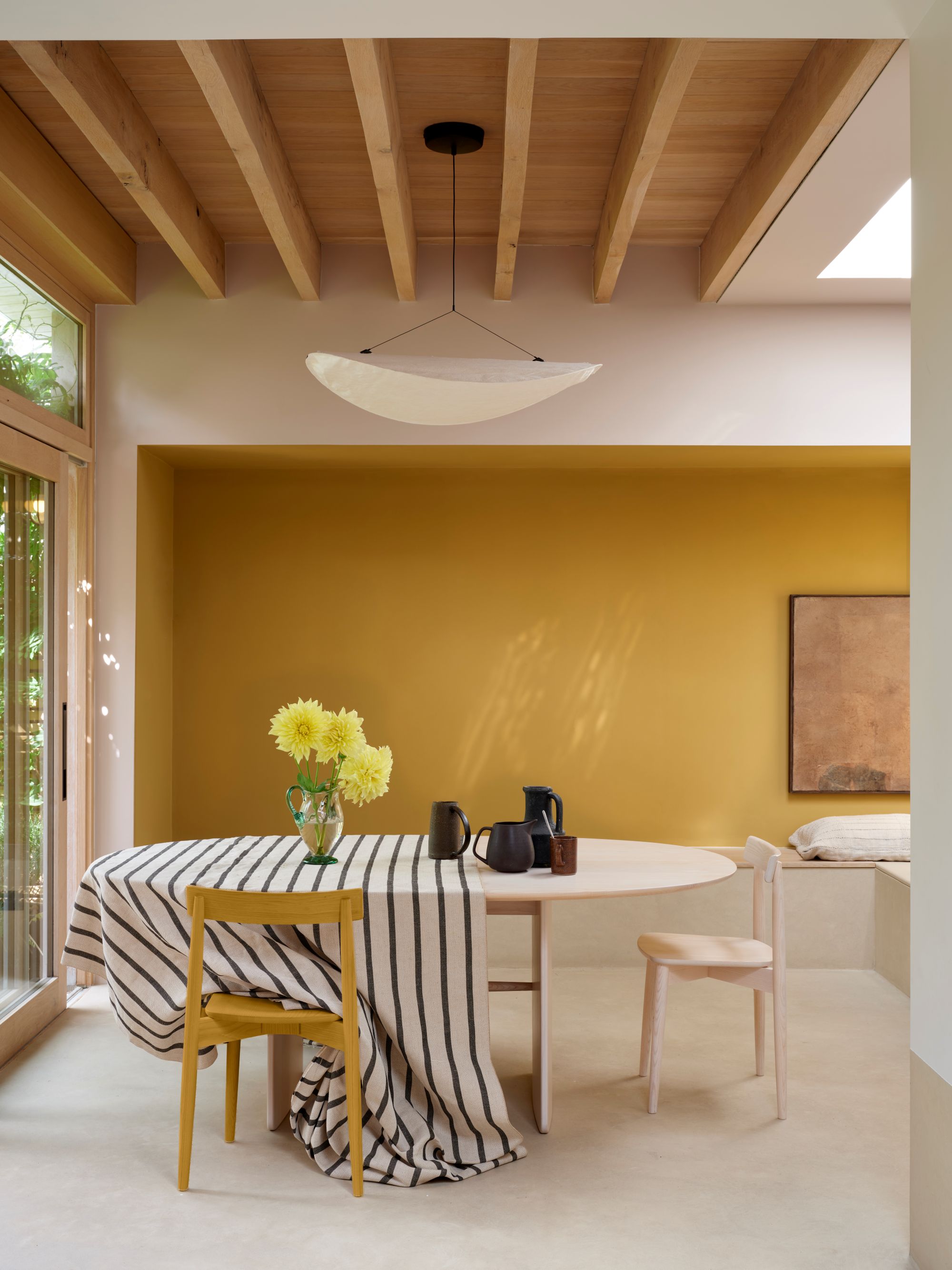3 Problems With Matte Paint That People Never Talk About — Because Super Flatt Finishes Are Popular, Not Perfect
No paint is without its disadvantages. Here's what experts have to say about using matte paint, and how to overcome its potential downsides


It's a go-to choice when it comes to painting interior walls — its subtlety and softness creates a cozy and cocooning effect in rooms. But are there any disadvantages when it comes to using matte paint? Why, of course.
But before we unpack the disadvantages of matte paint, let's have a quick refresher on the popular paint finish. "Matte paint is a super flat finish, mainly used for walls, ceilings, and crown moldings," explains Patrick O'Donnell, a paint color expert and brand ambassador for Farrow & Ball. Sitting on the low-end of the sheen spectrum, it's not glossy or shiny — and is often referred to as 'flat' — and absorbs light well.
While matte paint can work in all different areas of the home, Patrick says it's most commonly used (and most effective) in low-traffic areas. Why? Well, that's one of it's disadvantages, that we'll discuss below.
What Are the Disadvantages of Matte Paint?

The reason Patrick O'Donnell mentioned matte paint being best used in low-traffic areas is to do with the fact that it's less durable than other finishes — one of the biggest disadvantages. "Most matte paints are ‘soft’ and therefore not particularly hard wearing," he adds.
That means scuff marks and stains can appear quite easily, and it can be harder to wipe them away than when compared to other finishes, adds interior designer Jennifer Jones. This means it's not really suitable for spaces like living rooms, entryways, or a child's bedroom.
Another disadvantage — matte paint has limited moisture resistance. Unlike higher paint sheens (such as when comparing matte vs gloss paint), matte paint won't work as well in rooms such as kitchens or bathrooms. "Splashes of water and moisture show more easily and are hard to even out," explains Jennifer.
In terms of aesthetics, matte is very flat and not at all reflective, which is something that can sometimes be a good thing, but other times not so much. While often it can help make a room feel cocooning, other times it can make a space feel dominating, dark, and enclosed. It's also worth considering that due to the fact it doesn't reflect light, you may need to provide additional light sources for the space.
The Livingetc newsletters are your inside source for what’s shaping interiors now - and what’s next. Discover trend forecasts, smart style ideas, and curated shopping inspiration that brings design to life. Subscribe today and stay ahead of the curve.

Patrick is a true color expert. He is the brand ambassador and the face of Farrow & Ball on social media, and he has been bringing his taste to the paint brand since 2012. Since then, he’s transformed countless spaces — both for Farrow & Ball and client's homes. He’s always had a flair for interiors, with an ISVA Fine Art & Chattels qualification and having studied specialist paint decoration at the Leonard Pardon School.
Disadvantages of Matte Paint

Regardless of its disadvantages, matte paint is still a highly common finish for interior walls. As Anthony Kulikowski tells me, founder of Five Star Painting, he uses matte paint everywhere in homes, because despite its downsides, matte paint has a significant amount of advantages, too.
For starters, since matte paint has a low sheen, it doesn't highlight wall imperfections like cracks or bumps, Anthony tells me. Instead, its presentation appears smooth and consistent on walls. Even though matte paint can show scuff marks or stains easily, Jennifer Jones mentions that a tool like a magic eraser can conveniently remove blemishes to maintain the uniform look of matte-finished walls.
Although matte paint's flat and non-reflective finish can sometimes be a disadvantage, it can also become a wonderful feature for a room — depending on the atmosphere you are trying to create. In a home office, for instance, matte paint's glare reduction can be beneficial for creating a comfortable work environment. Similarly, matte paint's low reflectivity makes it ideal for bedrooms — by toning down the brightness of shades, matte paint it can create a calming and cozy bedroom ambience.
Aside from these advantages, one of the best features of matte paint is its versatility. Patrick O'Donnell mentions that this finish can be applied to ceilings and moldings aside from just walls. Not only that, but it can be applied to wood and metal as well, "giving it super flexibility in the home and negating the need for multiple finishes." Matte truly is the paint finish that keeps on giving.

All of this is certainly not to say you shouldn't use matte paint in your home. In fact, it can be quite beautiful — it just needs to be used in the right spaces.
But for those who find matte too muted, but don't want the intensity of a high-gloss, why not consider an eggshell paint — a middle-of-the-road option that draws on the advantages of both ends of the sheen spectrum.

Devin is a New York-based style editor for Livingetc who is keen on all aspects of personal style. From a young age, she was drawn to the design world, and she loves sharing design choices with her readers, from explaining how to incorporate trends into interior spaces to sourcing the best products for your home. Devin believes style should be inclusive, exciting, and at its core, fun.


